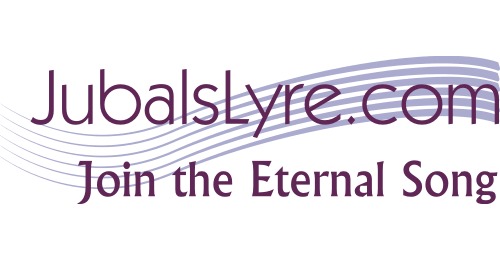Fuga 4 a 5 from Johann Sebastian Bach’s Well Tempered Clavier, Book I (WTC I) is not only an amazing piece of music, but also appears to be a powerful statement by Bach of his personal faith. Watch the video below to hear this fugue and see it unfold.
One would not expect to find statements of faith in a purely instrumental work such as the WTC I, but for Bach there was virtually no difference between his sacred and secular activities. He devoted ALL his work to his God. As such, his deep faith is an example to all of us.
Originally the Fugue in C# minor from the WTC I, this fugue has three unique and distinct themes although only the first is provided with a complete Exposition. Some say that it is a triple fugue with three subjects, but others say that because the first theme is the only one provided with an Exposition, the other two themes are more accurately additional counter-subjects. Nonetheless, each of these themes not only bring incredible motivic interest to the work, but also profound theological meaning.
The first theme, the subject of the fugue, consists of only four notes and forms a musical cross. The second primary theme is a flowing counter-subject of eighth notes. As Bach interweaves these three themes together, he also adds a lament that descends by half-steps. We know from a canon (BWV 1077) written by Bach into a notebook of one of his instrumentalists, Johann Gottlieb Fulda, that Bach associates such a lament motive directly with the crucifixion of Jesus (underneath this canon Bach wrote “Symbolum, Christus Coronabit Crucigeros” or “This is the symbol of Christ who will crown those who carry His cross”).
For those who might regard this connection to be coincidental, it is interesting to note that the first subject is essentially the first phrase of the great Lutheran Advent hymn “Savior of the Nations, Come” (NUN KOMM, DER HEIDEN HEILAND). This theme actually forms a musical cross (four successive notes in which the second steps down, the third skips up, and the fourth steps back down), a common chiastic device used by composers in Bach’s time. Moreover, the Second Subject with its running eighth notes includes two such musical crosses. And to personalize this fugue even further, three times these musical crosses use the musical intervals in Bach’s name (N.B. in music, Bach’s name forms a cross with the following intervallic relationship: down a half-step, up a minor third, and down another half-step). There is disagreement about whether Bach intentionally composed his name into this fugue, but considering the highly symbolic nature of this fugue, it is certainly possible Bach intentionally looked for ways to do just that.
The third primary theme consists of mostly quarter notes. It jumps up a fourth and with its subsequent repeated notes is reminiscent of a tolling bell. As such brings an eschatological aspect to this statement of faith. As it states in the Confirmation verse of my late, dear friend and faithful church musician, Bill Meissner:
Be faithful unto death, and I will give you the crown of life.
Revelation 2:10b
The video below offers a visualization and more extensive discussion of what is discussed above.
The name “Bach” in German literally means “creek,” “stream,” or “brook.” With its running eighth notes that musically depict flowing water, Bach may have further personalized this statement of faith with the Second Subject.
Soli Deo Gloria!

